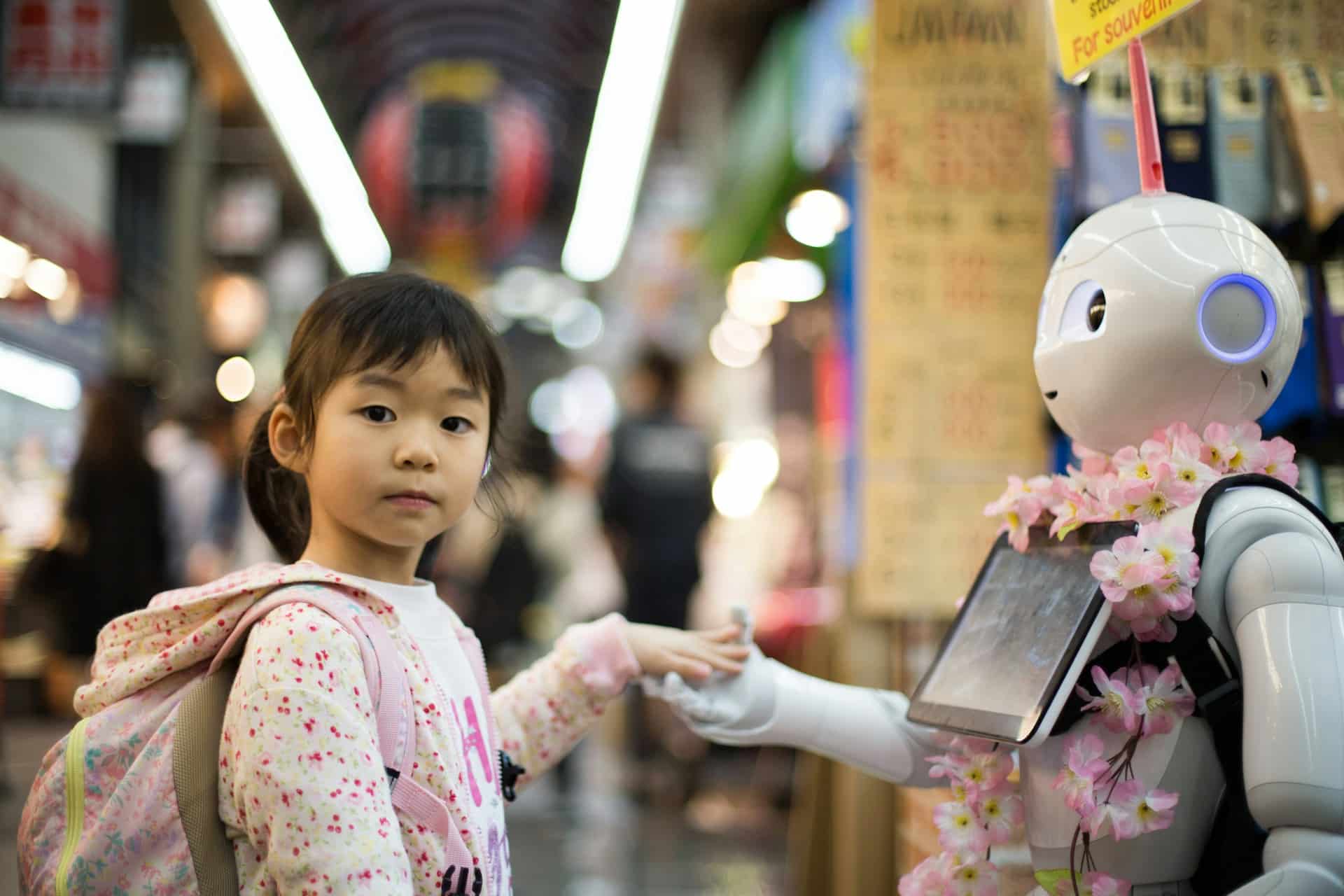How Can Companion Robot Pets Alleviate Symptoms of Depression in Isolated Seniors?

The dawn of the robotic era has revolutionized our lives in numerous ways. These machines have been integrated into several sectors, from healthcare to education, and are increasingly infiltrating our homes as pets. Yes, you heard right. Robotic pets have become the new companions for many individuals, particularly older adults who experience loneliness or health conditions such as dementia. This piece explores the potential benefits of robotic pets for isolated seniors, drawing on studies obtained from reputable sources such as Crossref and PubMed.
The Rise of Robotic Pets
Over the past few years, robots have evolved from cold, impersonal machines to charming companions capable of mimicking the behavior of real pets. This development has been driven by the increasing need to address social isolation and loneliness among the elderly — problems that have been exacerbated by the recent global health crises.
A lire aussi : Can the Daily Practice of Tai Chi Reduce the Incidence of Falls in Post-Menopausal Women?
A detailed study on the use of robotic pets for older adults published on PubMed highlighted how these unique companions are designed to engage with their human handlers in a meaningful way. They use cutting-edge technology to exhibit behaviors such as wagging their tails, purring, or even responding to touch, much like real pets.
The robotic pets market is teeming with a variety of options, from dogs and cats to exotic choices like seals. The latter has grown particularly popular, with products like the Paro therapeutic robot seal being used in various care settings, as well as individual homes.
Cela peut vous intéresser : How Can Interactive Mobile Health Apps Improve Adherence to Prescribed Exercise in Cardiac Patients?
The Therapeutic Benefits of Robotic Pets for Older Adults
Loneliness and social isolation can have a detrimental impact on a person’s mental health. This is particularly evident among older adults who tend to experience more health-related issues, including dementia and depression. However, recent studies suggest that robotic pets could offer a solution.
One such study from Crossref revealed that the interaction between older adults and robotic pets led to a significant decrease in feelings of loneliness and depression. The participants reported that the robots provided them with a sense of purpose and companionship, thus promoting better mental health.
Moreover, these companion robots are also beneficial for older adults suffering from dementia. The robots not only offer companionship but also stimulate memory and cognitive function.
The Science Behind Robotic Companion Pets
To understand how robotic pets alleviate symptoms of depression and loneliness, it’s crucial to delve into the science behind these innovative creations.
Robotic pets are designed to mimic the behaviors and appearance of real pets. They use artificial intelligence to learn from interactions and respond appropriately to various stimuli. This capability creates a more personal bond between the robot and its human handler, which in turn, helps to alleviate feelings of isolation.
According to a scholar study published on PubMed, the companionship offered by these robots stimulates the release of oxytocin, a hormone responsible for feelings of love and bonding. This hormone not only alleviates feelings of loneliness but also helps to relieve symptoms of depression.
The Social Impact of Robotic Pets
The use of robotic pets among older adults has been shown to have a significant social impact. In a world where technology often creates barriers between generations, these robots are bridging the gap.
A study conducted on a group of older adults using robotic pets found that the participants were more socially active. They were keen to share their experiences with the robots, showcasing them to family and friends. This increased social interaction has been linked to improved mental health among older adults.
Overall, the use of robotic pets is a promising solution to alleviate loneliness and depression among isolated seniors. The findings from studies conducted on platforms like Crossref and PubMed provide a robust case for the continued exploration and development of this technology.
Robotic Pets: A Step Forward in Healthcare
Robotic pets have slowly but surely infiltrated the healthcare sector. They are being used in various settings, from hospitals to elder care facilities, and even individual homes.
Aside from providing companionship, robotic pets have been found to significantly improve the overall health and wellbeing of older adults. They have been used as a form of therapy to enhance cognitive function among dementia patients and alleviate symptoms of depression.
Moreover, healthcare providers have observed that the use of robotic pets has resulted in a decrease in the use of psychotropic drugs among seniors. The companionship provided by these robots has proven to be a natural mood booster, thereby reducing the dependence on medication.
The era of robotic pets is ushering in a revolution in the healthcare sector, and it’s only the beginning. As technology continues to advance, we can expect to see even more innovations in this field. While robotic pets cannot replace the warmth of human interaction or the affection of a real pet, they are a promising solution to some of the challenges older adults face. Whether it’s providing companionship to an isolated senior or stimulating cognitive function in a dementia patient, the potential benefits of robotic pets are vast and worth exploring.
The Psychological Effects of Robotic Pets on Isolated Seniors
One of the most intriguing aspects of the relationship between older adults and robotic pets is the psychological impact. The COVID pandemic has significantly increased feelings of social isolation among seniors, contributing to heightened levels of depression. The integration of companion pets into the lives of these individuals has revealed some intriguing outcomes.
The aptly named ‘Joy for All’ robotic pet, developed by Ageless Innovation, is a prime example. This robotic cat not only purrs, meows, and responds to petting like a real cat, but it also has the ability to learn and remember its owner’s voice.
A study by PubMed Crossref revealed that seniors interacting with this robotic pet displayed signs of improved mood and decreased anxiety. Furthermore, they developed a significant emotional attachment to their robotic companions, often treating them as real family members.
This emotional attachment catalyzes the release of oxytocin, sometimes referred to as the "love hormone". This hormone not only facilitates bonding but also counteracts the effects of cortisol, the stress hormone, thereby reducing feelings of anxiety and depression.
A free article published on Google Scholar further corroborates these findings. The study found that robotic pets could indeed help to alleviate feelings of loneliness and depression in older adults, particularly those suffering from dementia.
Robotic Pets: The Future of Mental Health Care for Seniors
The impact of robotic pets on the mental health of seniors cannot be overstated. They offer a unique form of therapy that combines the benefits of technology with the comfort of companionship. This blend of cutting-edge technology with a human touch has been successful in alleviating symptoms of depression and improving the overall brain health of seniors.
Robotic companions help to stimulate cognitive function, which is particularly beneficial for dementia patients. They provide a sense of purpose to their human companions, countering feelings of uselessness that often accompany old age and isolation.
The use of robotic pets is a groundbreaking development in the healthcare sector, particularly in mental health care for seniors. As per an article PubMed published, these companions have demonstrated promise in reducing the reliance on psychotropic drugs by serving as a natural mood enhancer.
In conclusion, as we navigate the age of technology and aging populations, the use of robotic pets offers a beacon of hope for isolated seniors. These technological companions provide a form of interaction that not only combats loneliness but also contributes positively to the mental health of older adults. The research from platforms like Crossref Google and DOI PubMed affirm the potential of this innovative solution.
While the robotic pet cannot replace human interaction or the warmth of a real pet, its role in enhancing the quality of life for isolated seniors is undeniable. It’s time to embrace the dawn of the robotic era, where our synthetic companions could be the key to healthier and happier golden years for many.
